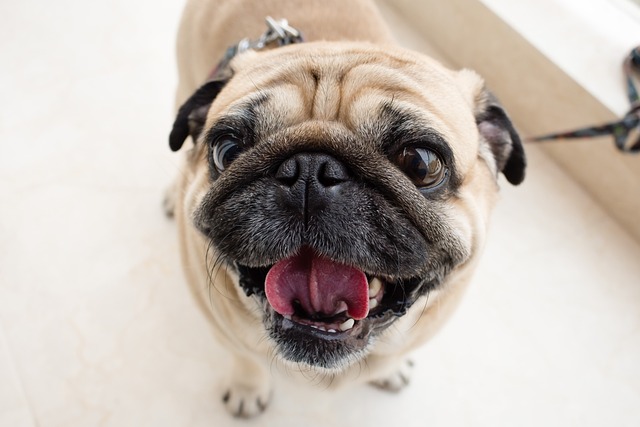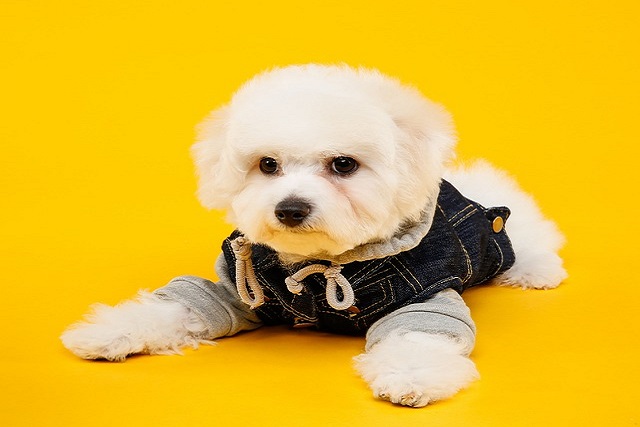
what is parasite treatment for dogs
Discovering your dog has parasites can be an unsettling moment for any new pet owner. Whether you spotted a worm in their stool or found a tick after a hike
Ever caught yourself leaning in for a cuddle, only to recoil at that unmistakable “doggy odor”? It’s a universal experience for pet parents, but deciphering when your dog actually needs a bath isn’t always straightforward. Let’s break down the signs that your furry friend is ready for a spa day at home.
The most obvious red flag is smell. That earthy, musky scent that seems to seep into your couch cushions isn’t just a nuisance—it’s a signal. Dogs secrete oils from their skin, and when combined with dirt, saliva, and whatever they’ve rolled in during their adventures, it creates a less-than-pleasant aroma. In many neighborhoods, there are local ordinances about keeping pets clean to avoid disturbing neighbors. A stinky dog might not just be an olfactory issue—it could land you in hot water if it violates public nuisance laws.
Another telltale sign is visible grime. Whether it’s mud caked in their paws after a rainy walk in the park or leaves stuck in their fur from a romp through the woods, dirt accumulation is a clear indicator. Some regions have leash laws that require you to keep your dog clean when in public spaces to prevent the spread of contaminants. Ignoring that muddy coat could mean not just a mess in your car but also a potential fine.
 Excessive scratching can also mean it’s bath time. Sometimes, dirt and debris trapped in the fur irritate the skin, causing your dog to itch. However, over-bathing can strip their coat of natural oils, leading to dryness and more itching. Striking the right balance is key. Many pet insurance providers cover treatments for skin conditions caused by poor hygiene, but maintaining a regular bathing routine can help you avoid those claims in the first place.
Excessive scratching can also mean it’s bath time. Sometimes, dirt and debris trapped in the fur irritate the skin, causing your dog to itch. However, over-bathing can strip their coat of natural oils, leading to dryness and more itching. Striking the right balance is key. Many pet insurance providers cover treatments for skin conditions caused by poor hygiene, but maintaining a regular bathing routine can help you avoid those claims in the first place.
Matting and tangles in your dog’s fur are not just aesthetic problems. When hair becomes knotted, it can pull on the skin, causing discomfort. Regular brushing helps, but sometimes a bath with a detangling shampoo is necessary to smooth things out. If you’re in an area with breed-specific regulations, ensuring your dog’s coat is well-maintained isn’t just about looks—it’s part of responsible pet ownership.
Pay attention to their behavior, too. Does your dog seem more restless than usual, constantly rubbing against furniture? This could be a sign they’re trying to relieve discomfort from a dirty coat. And while giving your dog a bath at home saves money, be aware of local waste disposal laws. Some areas regulate how pet-related wastewater is handled to protect the environment.
Determining when your dog needs a bath boils down to being observant. By tuning into these signs, you’re not only keeping your home smelling fresh and your dog looking their best—you’re also ensuring compliance with local pet care standards. After all, a clean dog is a happy dog, and a happy dog makes for a harmonious household.

Discovering your dog has parasites can be an unsettling moment for any new pet owner. Whether you spotted a worm in their stool or found a tick after a hike

You’re petting your pup on the couch like usual, and suddenly you pause—wait, their fur feels way softer than it did last week. Is that normal?

If you’ve ever petted a neighbor’s pup and marveled at how soft and shiny their fur was, then looked down at your own dog’s coat wondering “is mine okay?”, you’re far from alone.

You might’ve stood in front of your standard poodle’s bowl, wondering if that scoop of kibble is too much—or not enough.

Ever watched your dog suffer from an upset stomach after a nerve-wracking vet visit or a course of antibiotics? Maybe you’ve noticed more

So, you’ve noticed your dog’s been a bit… off lately. Maybe it’s a bout of unexpected diarrhea after a weekend, more frequent gas that clears the room